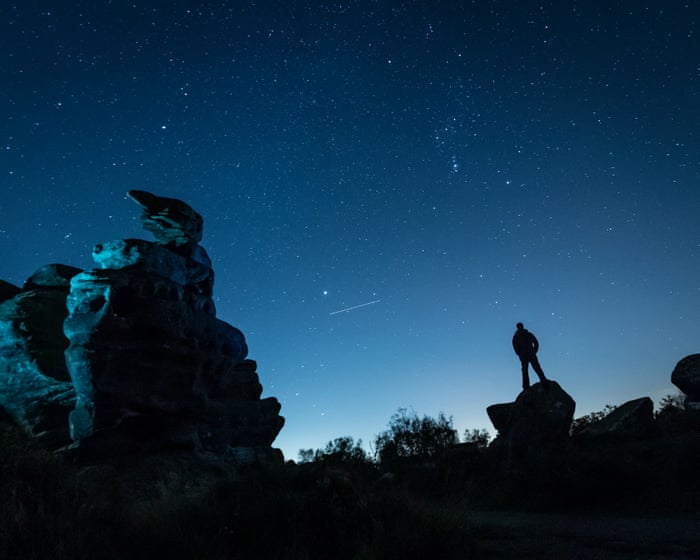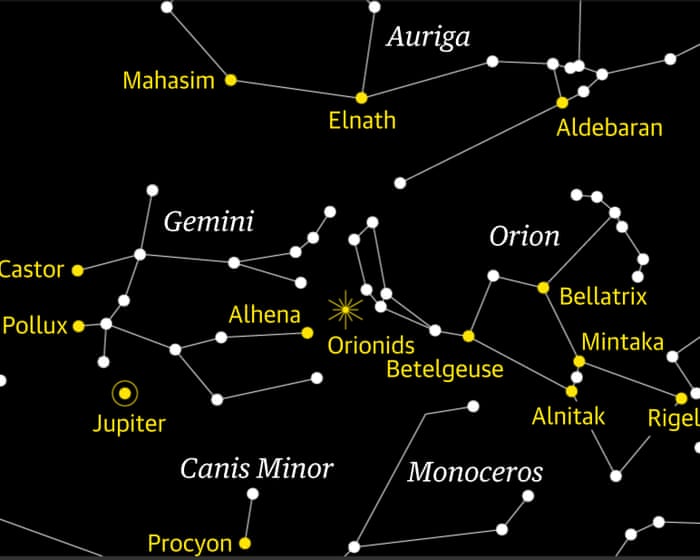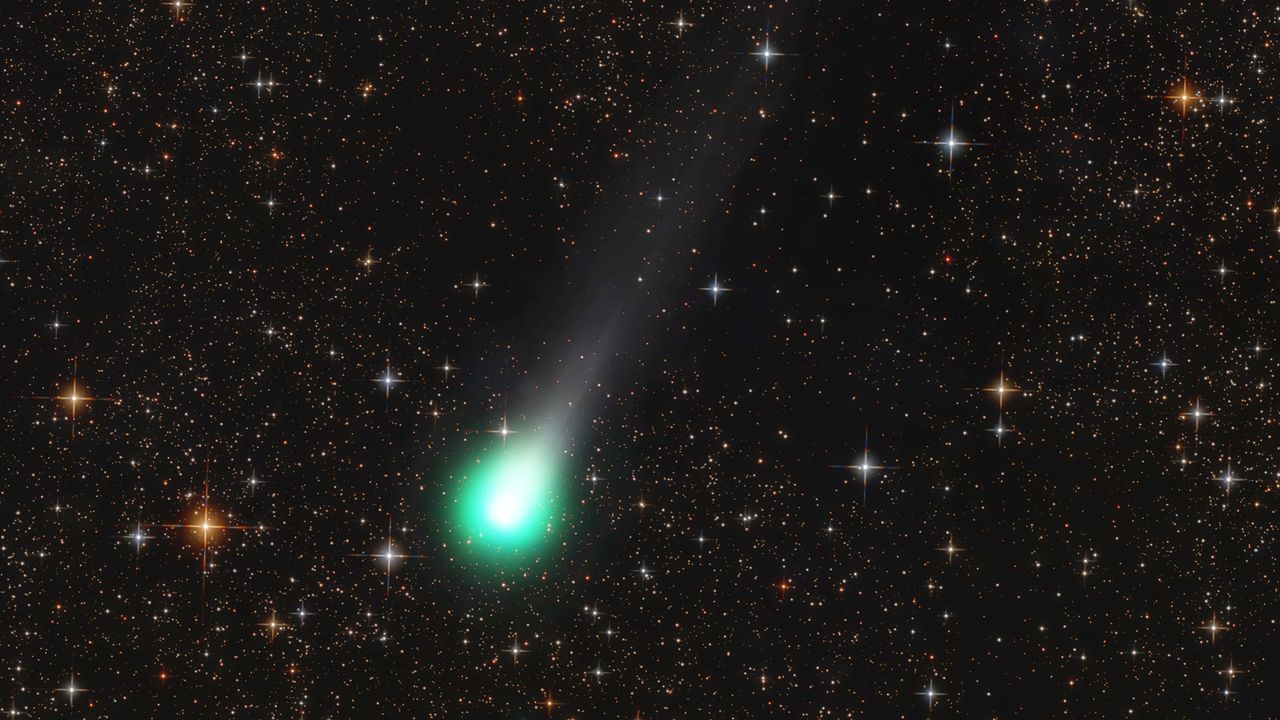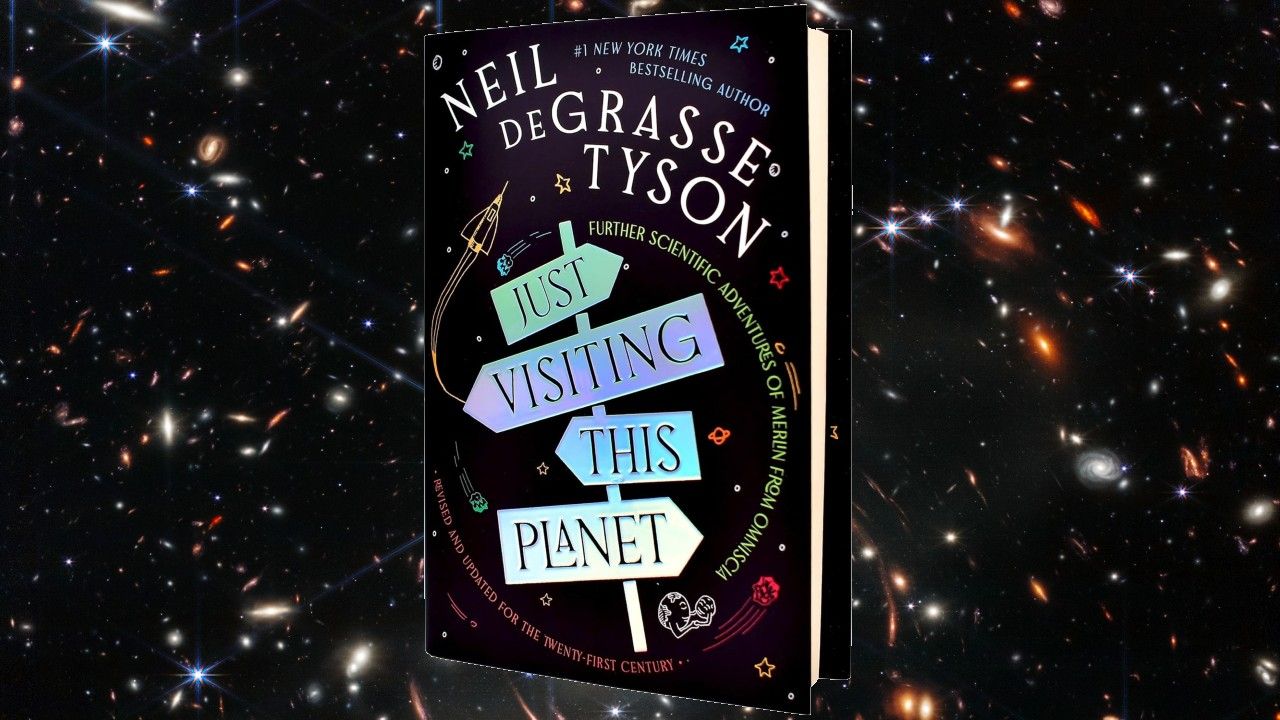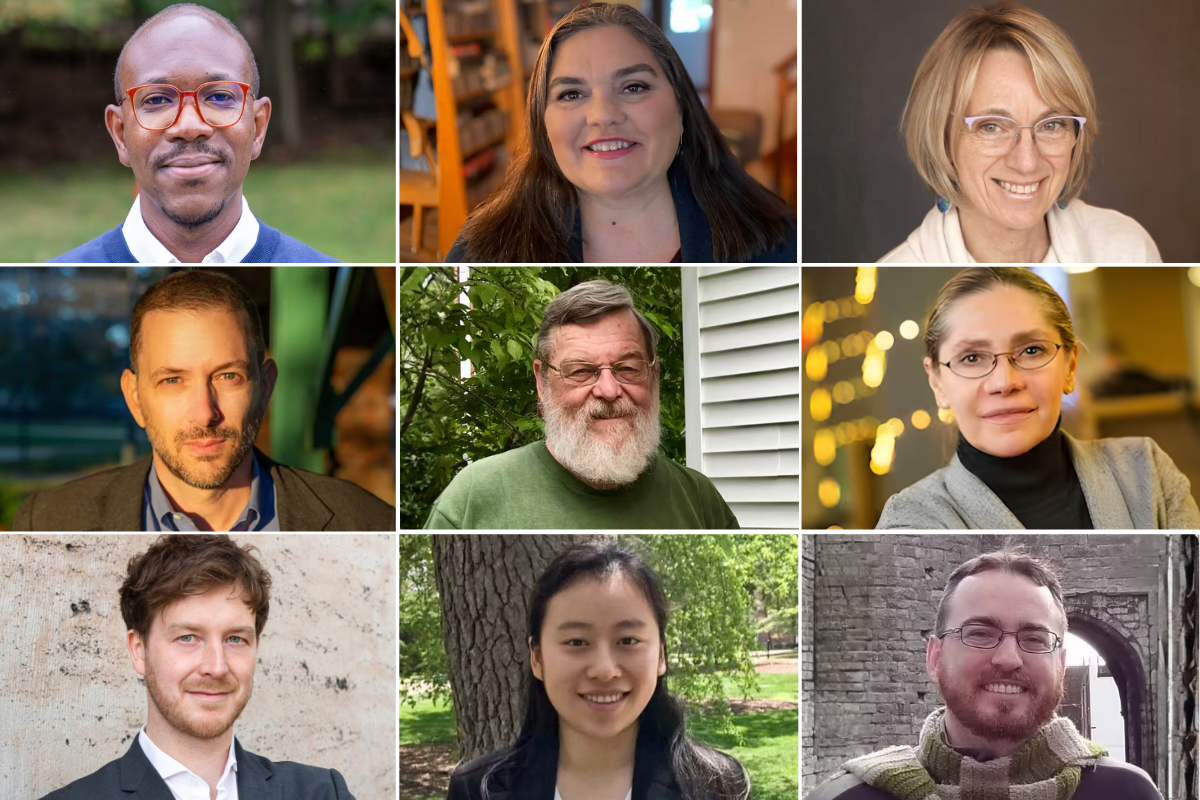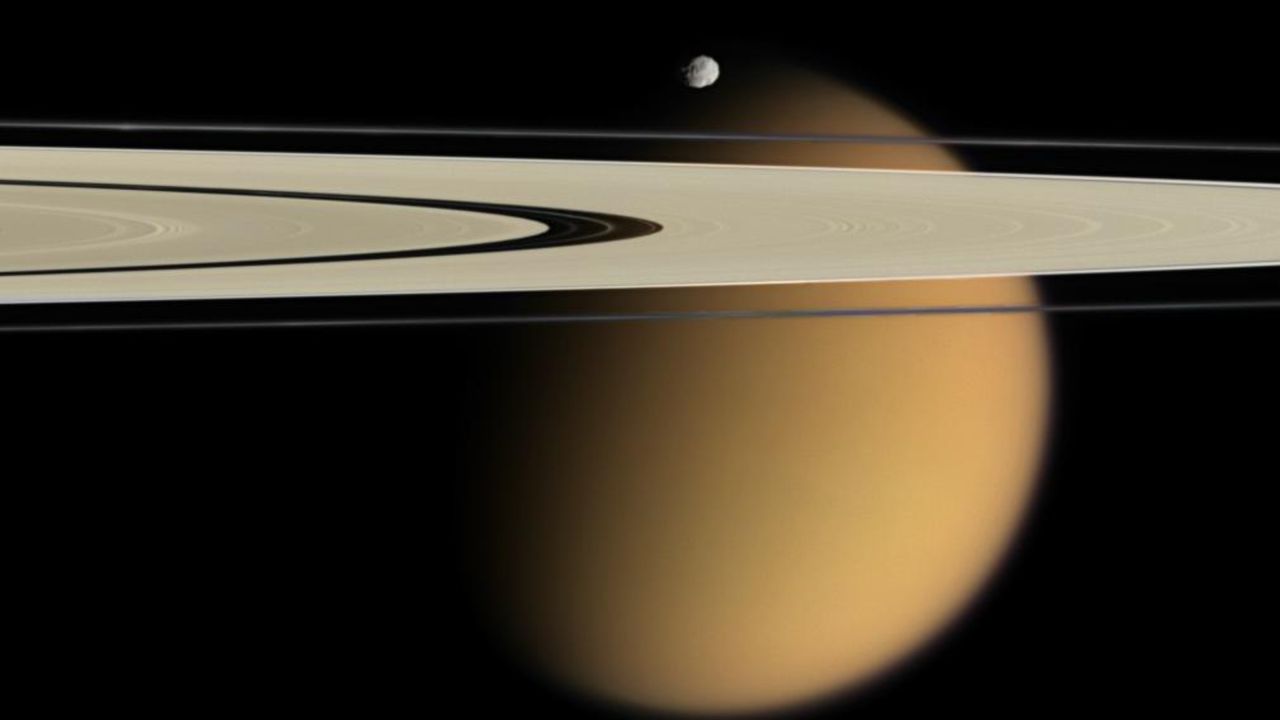How to See the Orionids Meteor Shower: Best Time to Watch
PositiveScience

The Orionids meteor shower is set to light up the night sky, offering a spectacular display for stargazers. This annual event, which peaks in mid-October, is known for its bright meteors that originate from Halley's Comet. Watching the Orionids is not just a beautiful experience; it connects us to the cosmos and reminds us of the wonders of our universe. So grab a blanket, find a dark spot, and enjoy this celestial show!
— Curated by the World Pulse Now AI Editorial System

